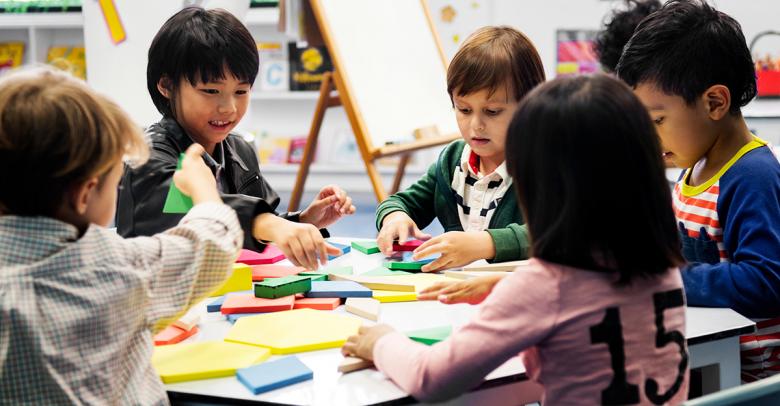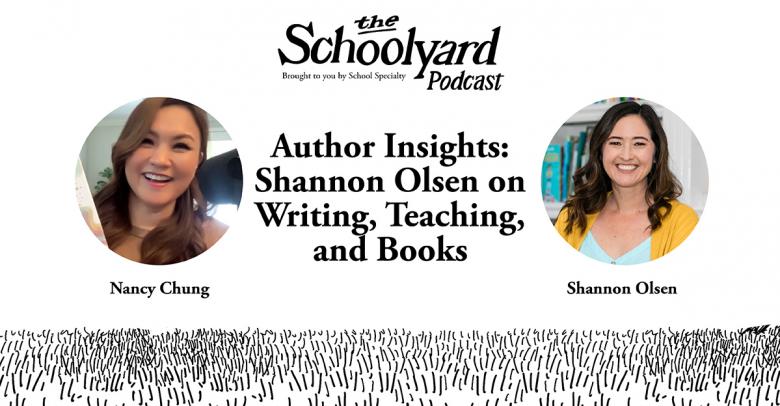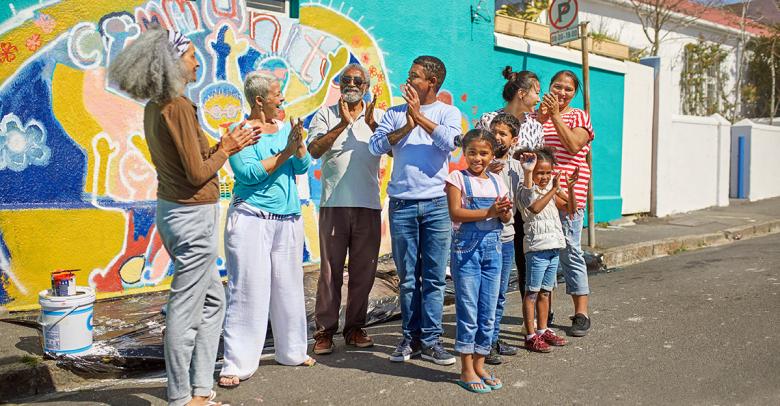
Graphic design can be a fun addition to your art program. A handful of basic principles are the foundation of every successful design. One of our favorite design teachers, a die-hard Springsteen fan, shared the BRUCE acronym to help us remember basic graphic design principles, and we’ve never forgotten it.
B – Balance
Balance provides structure and stability to your design. How and where your design elements are placed is integral to a successful design. Basically, it’s physics: If you place a large shape on one side, you’ll need a same-size counterweight in the form of one or more elements on the opposite side to achieve balance. Thoughtful placement of your design elements is central in reaching a balanced design.
R – Repetition
Repeating a single graphic element in your design adds consistency, can create a rhythm and helps unify the design piece by tying together individual design elements. This includes the fonts you use, your color palette, shapes, lines, or patterns, as well as your graphic images.
U – Unity
Unity (or order and proximity) creates the relationships and visual connections between design elements. It’s the way the elements on a page work together to tell a story. Disparate elements need to be tied together through the use of unifying elements like typography, color, shapes, and patterns. An orderly organization of design elements helps communicate a clear message and the intent of the design.
C – Contrast
With all this talk of balance and unity, contrast may come as somewhat of a… well… contrast! Contrast is a good way to give your design visual interest and POP. You can achieve contrast through the use of a different font, contrasting color, shape or varied sizing.
E – Emphasis
While you’re still in the pencil sketch stage of the planning process, consider all of your design elements and prioritize them. (Sketches are beneficial BEFORE students park themselves in front of a computer—it’s a great way to investigate all possible design solutions before trying to work them out in a graphic design application.) Identify your focal point, whether it’s type or an image, that best communicates your message. You can place visual emphasis on your most important element through the use of scale, color, or contrast.
Successful graphic design is dynamic and thoughtful communication that embodies every principle of BRUCE. Graphic design is about problem-solving, and BRUCE is key in helping your students become effective visual communicators.
Have you worked on any graphic design projects with your students? Share your stories and tips in the comments below.





Leave a Reply